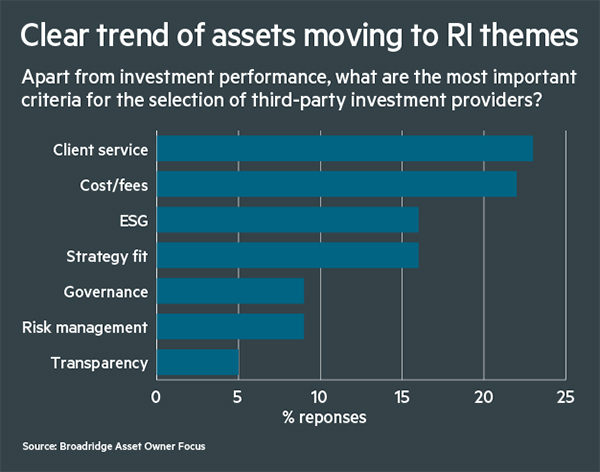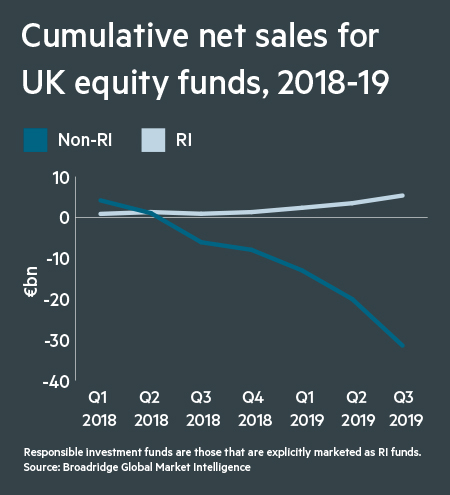Data Crunch: Despite daily news coverage, regulatory developments and a growing consensus that environmental, social and governance factors affect investment returns, many trustees struggle to engage with responsible investment practices.
Thankfully, conceptual frameworks have emerged that help trustees formulate ESG policies, and improvements made by asset managers make implementation easier.
A challenge that has hindered engagement with RI is a sense that it is complex, ambiguous, and therefore a difficult area to identify best practice. This issue is mitigated by frameworks that help trustees gauge their own beliefs, which in turn can be used as the basis for designing ESG policies.
ESG policies serve four objectives
After taking account of constraints such as regulatory requirements and investment time horizon, policies can be structured around a scheme’s alignment across four separate objectives. Two core objectives relate to risk avoidance and the desire to uncover opportunities.
Risk avoidance primarily relates to financial risk. For example, a scheme may wish to reduce exposure to oil and gas exploration and production companies on the basis that in the transition to a low-carbon economy, these companies may be left with stranded assets that are not economical to develop, thus damaging the value of the company.
Another component to risk avoidance concerns reputational risk. Schemes – and indeed sponsors – will seek to avoid association with investee companies that may be the subject of the next big corporate scandal.
The concept of finding opportunities goes one step further: many investors now believe that ESG presents opportunities to outperform the market. It is not unreasonable to believe that better governed companies will be more profitable.
Schemes want to ‘avoid harm’ and ‘do good’
Two supplementary objectives are the desire to avoid harm and the desire to do good. The first relates to ethical considerations: for example, many schemes will not want to invest in chemical weapons manufacturers. The objective to ‘do good’ is associated with the notion that the scheme is not solely concerned with financial considerations, but also wants to invest in social or environmental causes that can generate a positive impact.
As ESG becomes more embedded in the industry psyche, schemes are demanding more from their asset managers. Other than performance, a manager’s ESG credentials now represent the third most important consideration for manager selection, behind client service and fees.
Further work needed
Investors are also voting with their feet. Taking UK-domiciled equity funds as an example, there is a clear trend showing assets moving towards funds that are explicitly aligned to RI themes, and away from funds that are not.
Developments seen within the equity space are also emerging through innovations in other asset classes, such as fixed income.
While there remains more work to be done, trustees have made strides in the design of robust ESG policies, and asset managers are doing a better job in helping trustees to implement them.
Although the UK remains a long way behind other European pensions markets, such as the Nordics and the Netherlands, it is reassuring to see that we are moving in the right direction.
Jonathan Libre is principal in the Emea Insights team at Broadridge






















